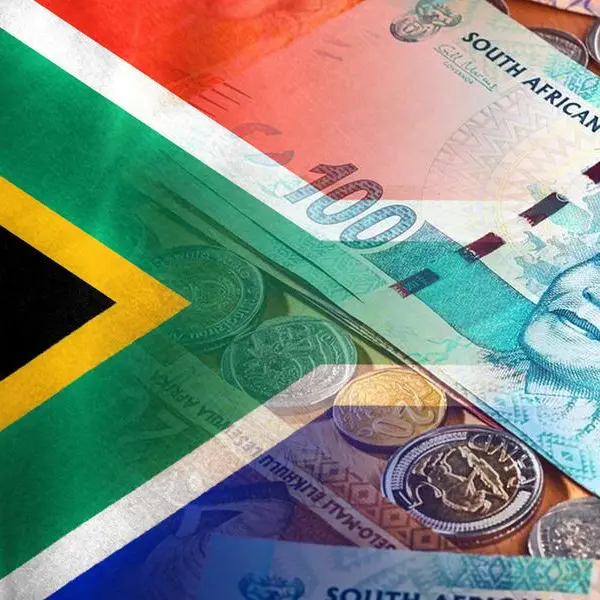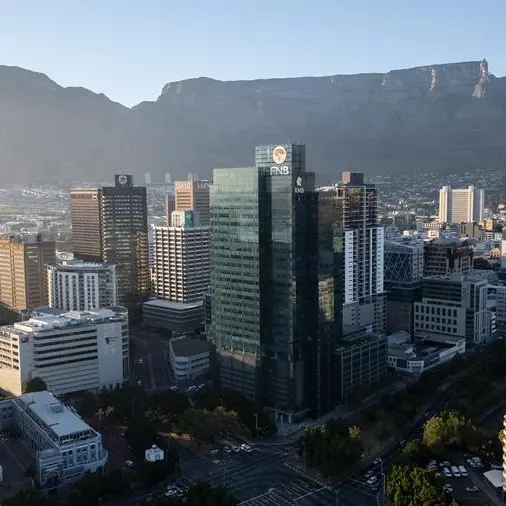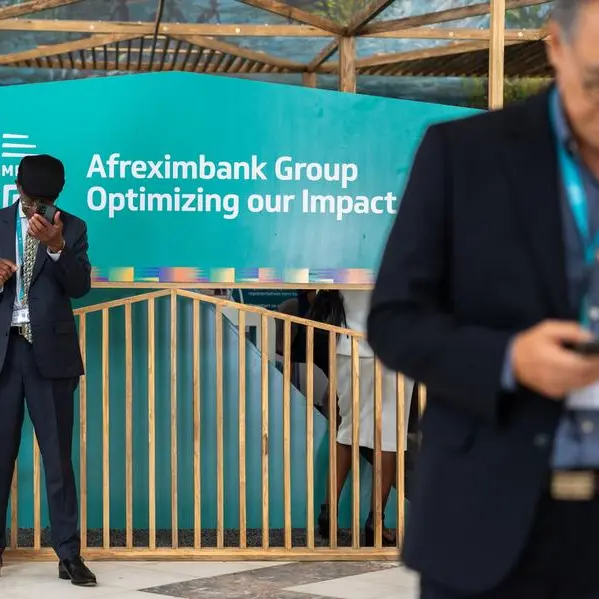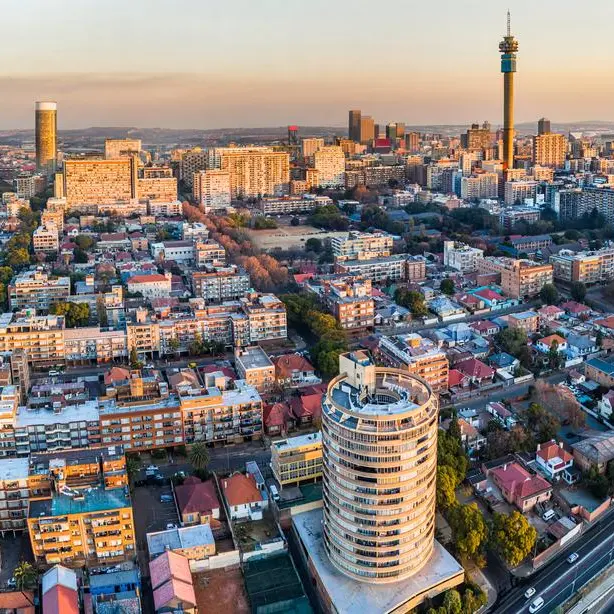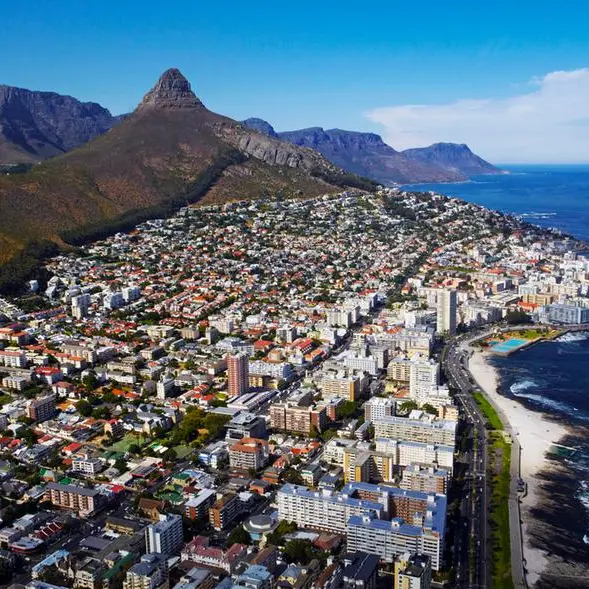PHOTO
Substantial financing is needed urgently to support climate change adaptation and mitigation in Sub-Saharan Africa (SSA), the region most vulnerable to climate change, according to the International Monetary Fund (IMF).
The financing is critical for advancing resilient and green economic development as well as meeting commitments under the Paris Agreement, the fund said, with extreme weather events including natural disasters already costing the region between $7 billion and $15 billion in 2020.
Adaptation and mitigation would be significantly less costly than disaster relief, the IMF report on Climate Change and Select Financial Instruments said, adding that the region itself is cumulatively least responsible for emitting greenhouse gases.
The UN Climate Change Conference (COP26) estimated that adaptation and mitigation spending needs for SSA would require the mobilisation of funds of at least $1.3-$1.6 trillion between 2020 and 2030, about 7% of the region’s GDP in 2021.
“The climate-related spending needs further compound existing challenges brought on by the COVID-19 pandemic, ripple effects of the war in Ukraine, and long-standing barriers to economic development that left the region struggling to achieve the Sustainable Development Goals (SDGs) even before the pandemic,” the report said.
Climate finance options
The report identified a series of funding options for climate adaptation and mitigation.
Climate Funds, which emerged in the 1990s but gained substantial funding in the 2000s and gained momentum in 2009, when advanced economies committed to providing $100 billion per year to emerging and developing nations in climate finance, are a potential funding source.
Second, climate-related debt instruments, including green, blue and sustainability/social (GBS) bonds, debt swaps and debt relief or cancellation. International carbon credit systems were also highlighted, for example, the Congo Basin could sell units of emissions absorbed by its forests to a private company.
Finally, climate insurance would be a risk management method for households and firms looking to protect against the costs of climate disasters. For example, farmers who are insured against climate-related incidents would feel confident to invest in small-scale infrastructure and equipment, which in turn could increase their output, the report said.
(Reporting by Imogen Lillywhite; editing by Seban Scaria)

